Royal Ontario Museum Blog
Monthly Archive: December
My Favourite Object: A "Tell Minis" Style Lustre-Ware Bowl

'The Elements of Armories': A Very Short History of Heraldry
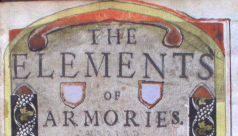
The colourful pennants and shields carried by bold knights and courageous squires are known to us today from illustrated books and films telling stories of Robin Hood, or King Arthur and the Knights of the Round Table. But these bright emblems are more than decoration, and have long historical roots.
The Anatomy of a Book: Saving The Naturalist's Library
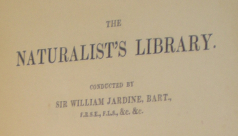
Books are remarkably durable. Fragments have survived from ancient times, while others have traversed the centuries in near perfect condition. One such example is the St Cuthbert Gospel from the 7th century, the earliest intact European book. But despite the robust structure of the book, the rigours of use and the passage of years cause many fall into disrepair and to require mending.
International Women's Day
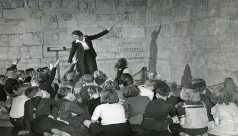
In honour of International Women’s Day, the ROM Library and Archives highlights a number of the many women whose work at the ROM made advances in science, art, and museology.
Toronto at the Turn of the (Last) Century
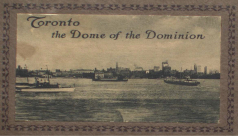
The City of Toronto was officially incorporated in 1834 and the second half of the 19th century was a period of great growth in the city. The population grew through railway and steamer links, which facilitated the arrival of immigrants at the port or the new Union Station building. The harbour was a key asset for trade and expansion, and was steadily under development.
Arti Chandaria (1960-2015)

Arti Chandaria, long-time ROM friend, volunteer, and supporter passed away on Friday January 23, 2015. She lived each day with vigor and enthusiasm, never letting cancer impede her from a life of discovery. As a daughter, sister, wife, mother, and friend, she inspired with her passion, determination and boundless curiosity. Arti taught us that life is measured not by the number of breaths we take but by the moments that take our breath away. Written by Deepali Dewan
"All manner of Sychenesses": Domestic Medical Books
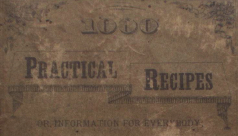
The late winter months often coincide with cold and ‘flu season, a time when we look for remedies to help cure runny noses or coughs. Now we might turn to the internet for this kind of information, but in years past people would have consulted the household medical book for advice.
ROM Photographer of the Year 2014: Recap
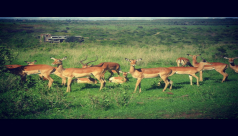
A look back at the top photos from our 2014, in-house photography contest!
Sustainable development in the Caribbean: beer and biology
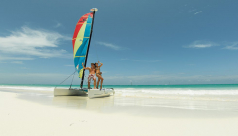
Dr. Burton Lim and colleagues are off to study bats and other island mammals in the sun!
A mid-Silurian aquatic scorpion – one step closer to land?
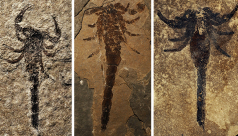
Rocks of the 430 million year old Eramosa Formation Konservat-Lagerstätte on the Bruce Peninsula have produced an amazing new species of aquatic fossil scorpions, Eramoscorpius brucensis, which contributes to our understanding of how scorpions may eventually have moved from the sea onto land.
